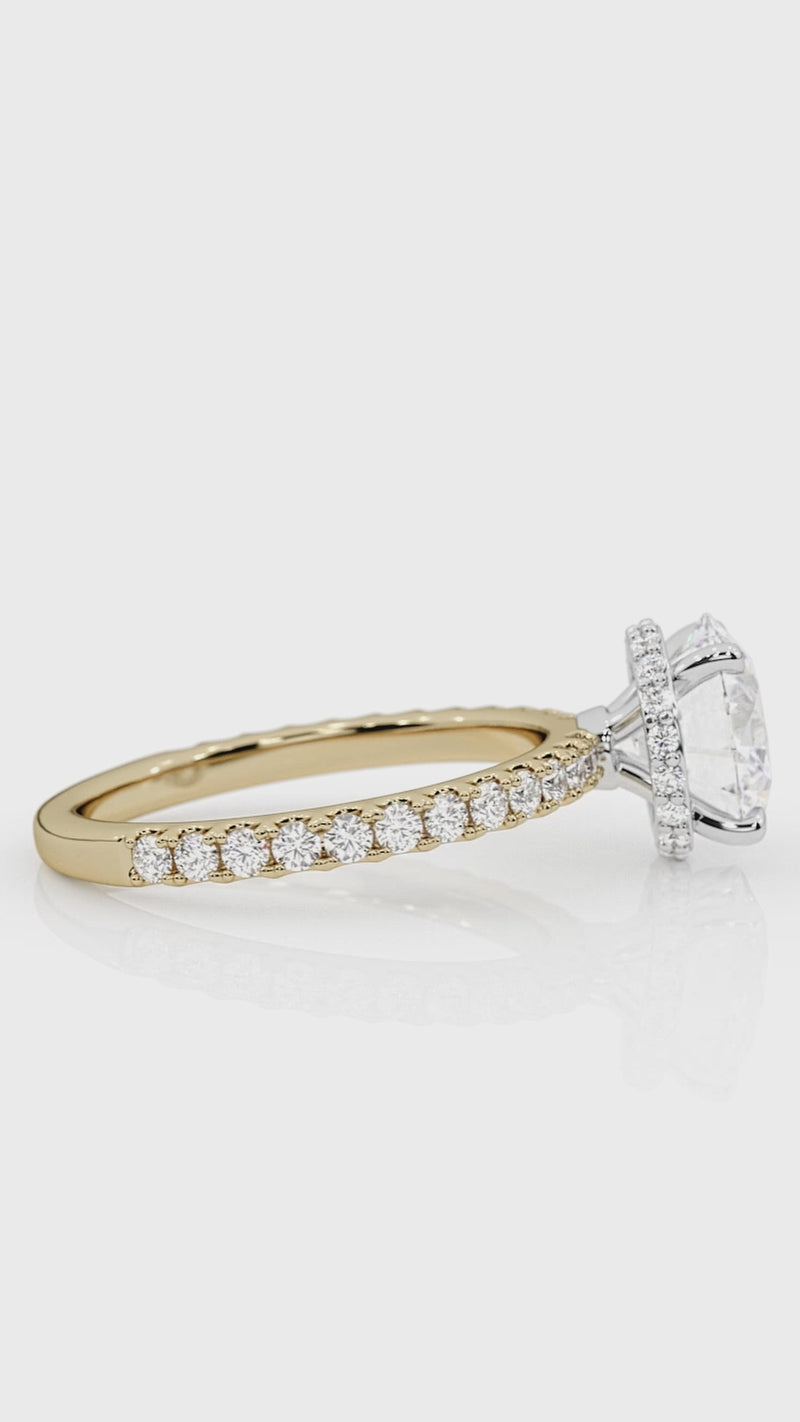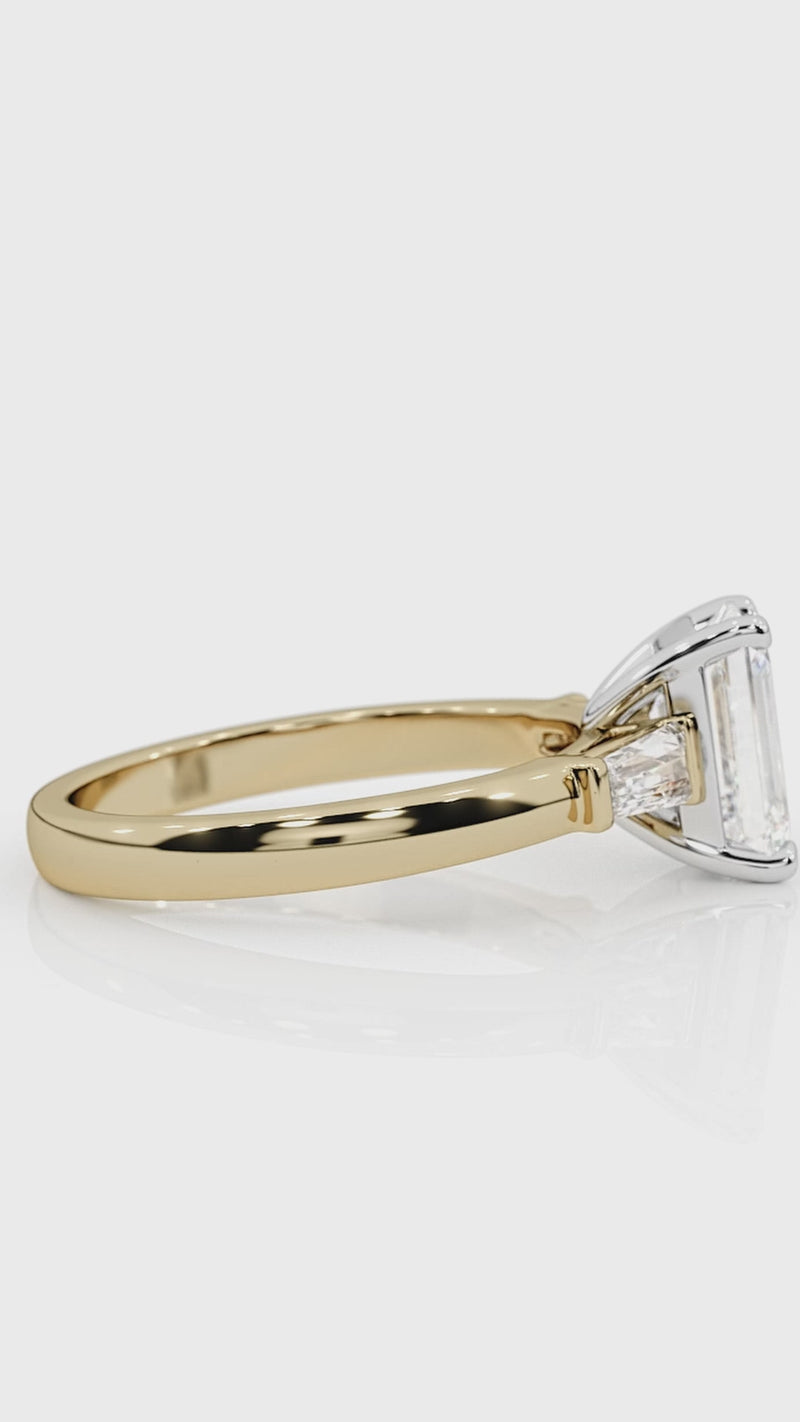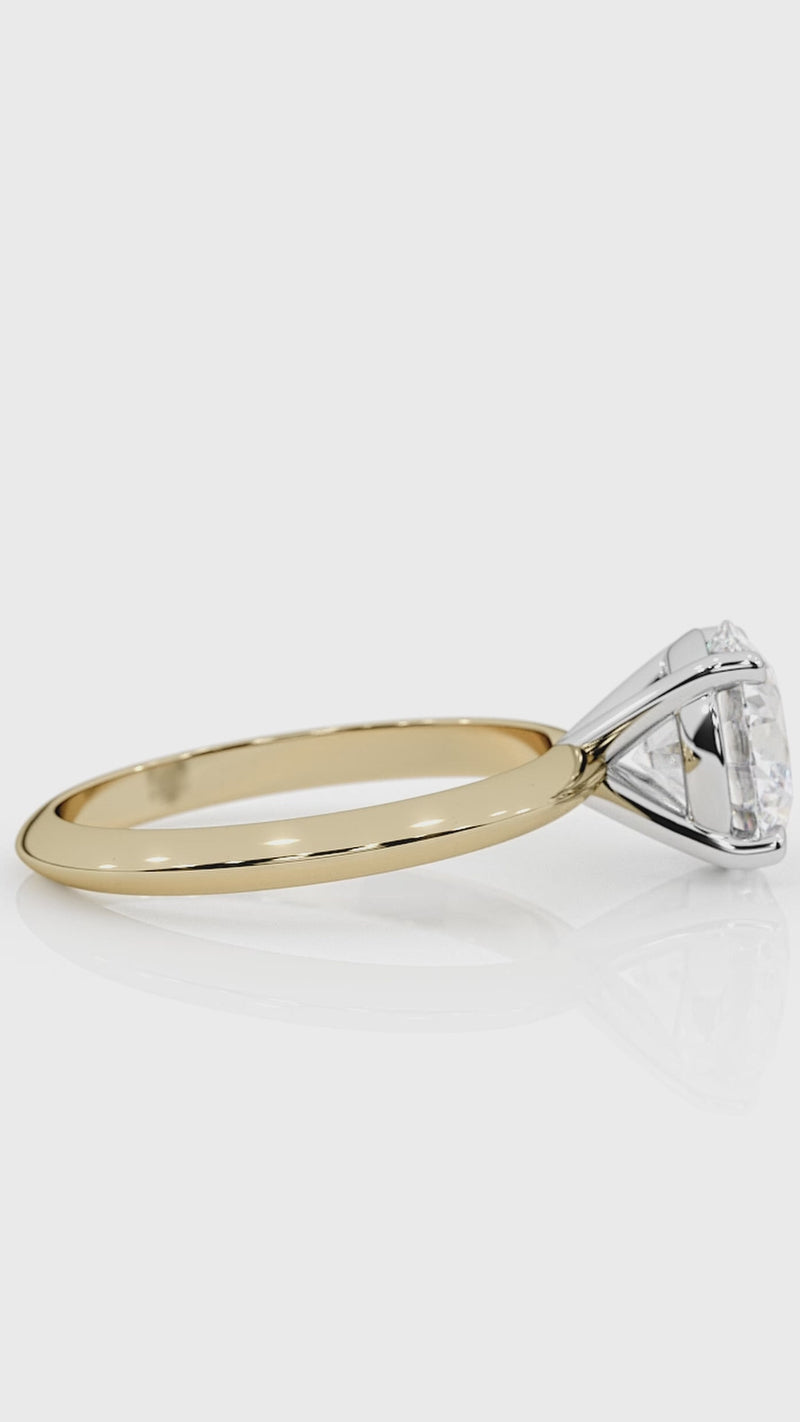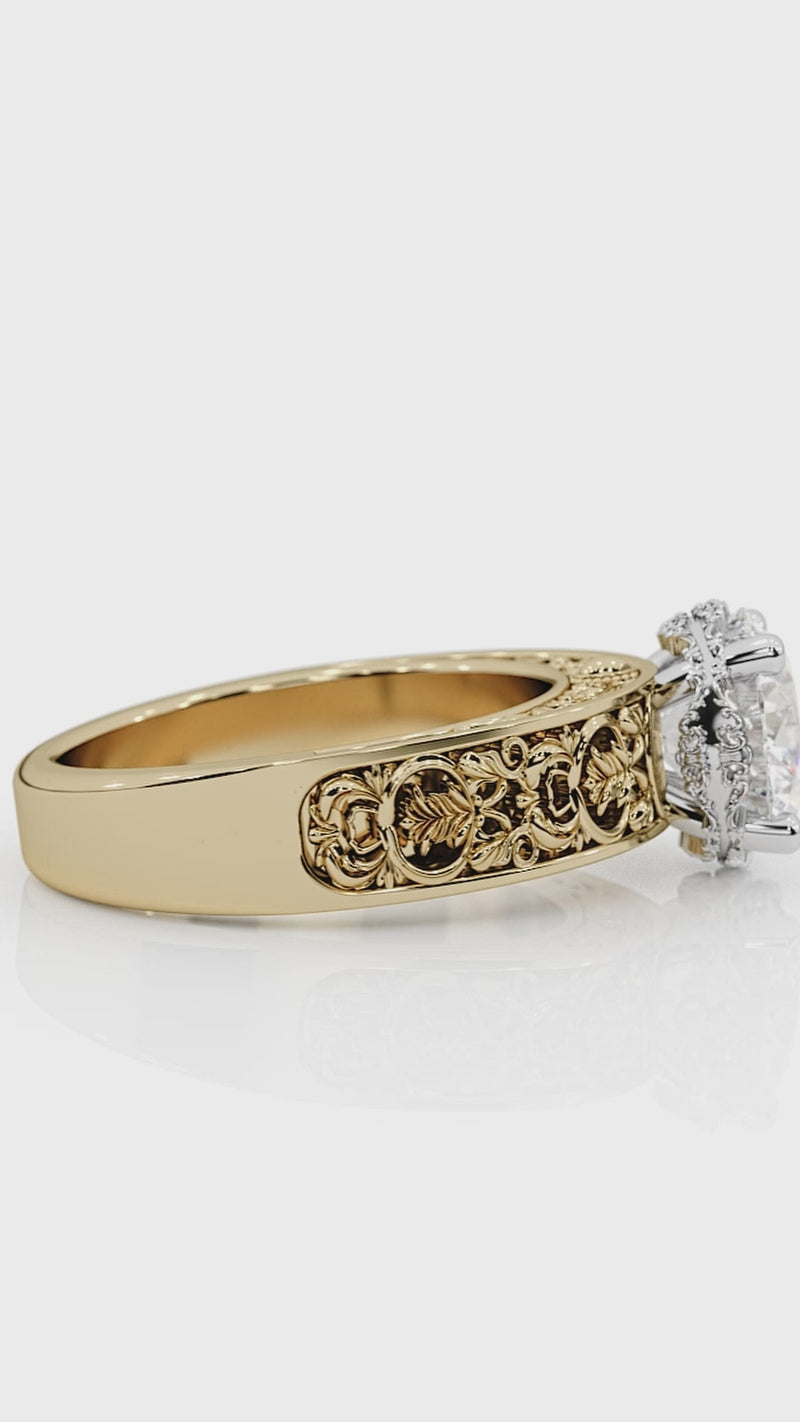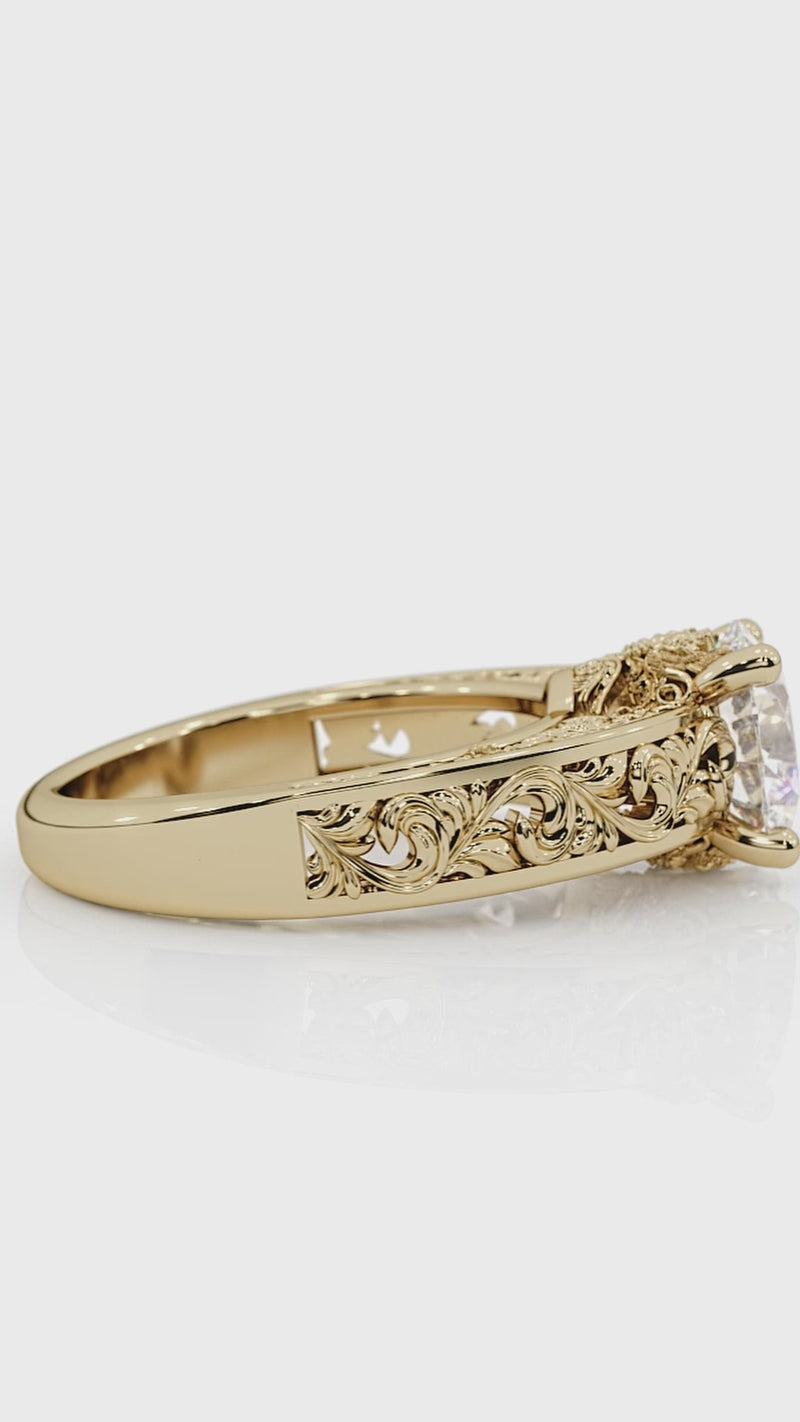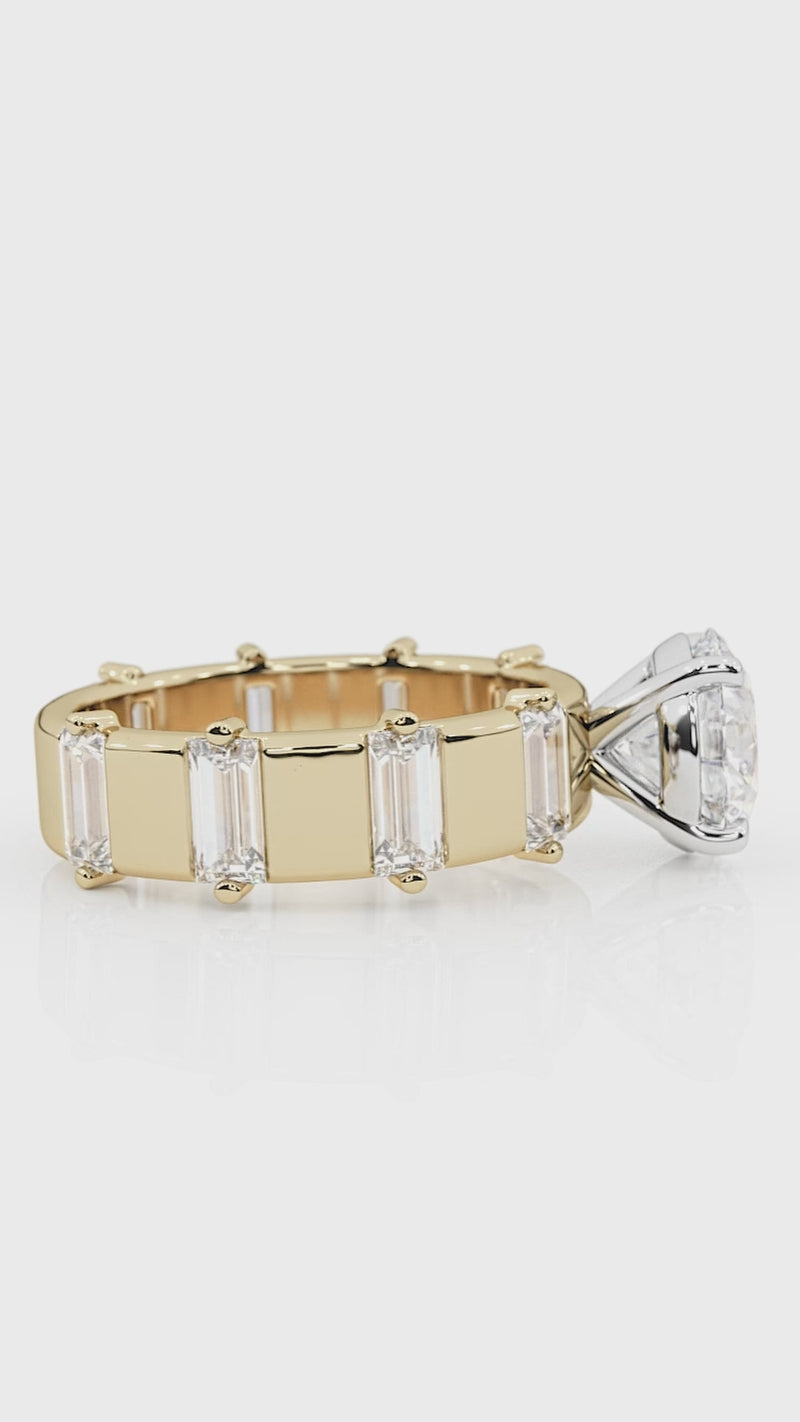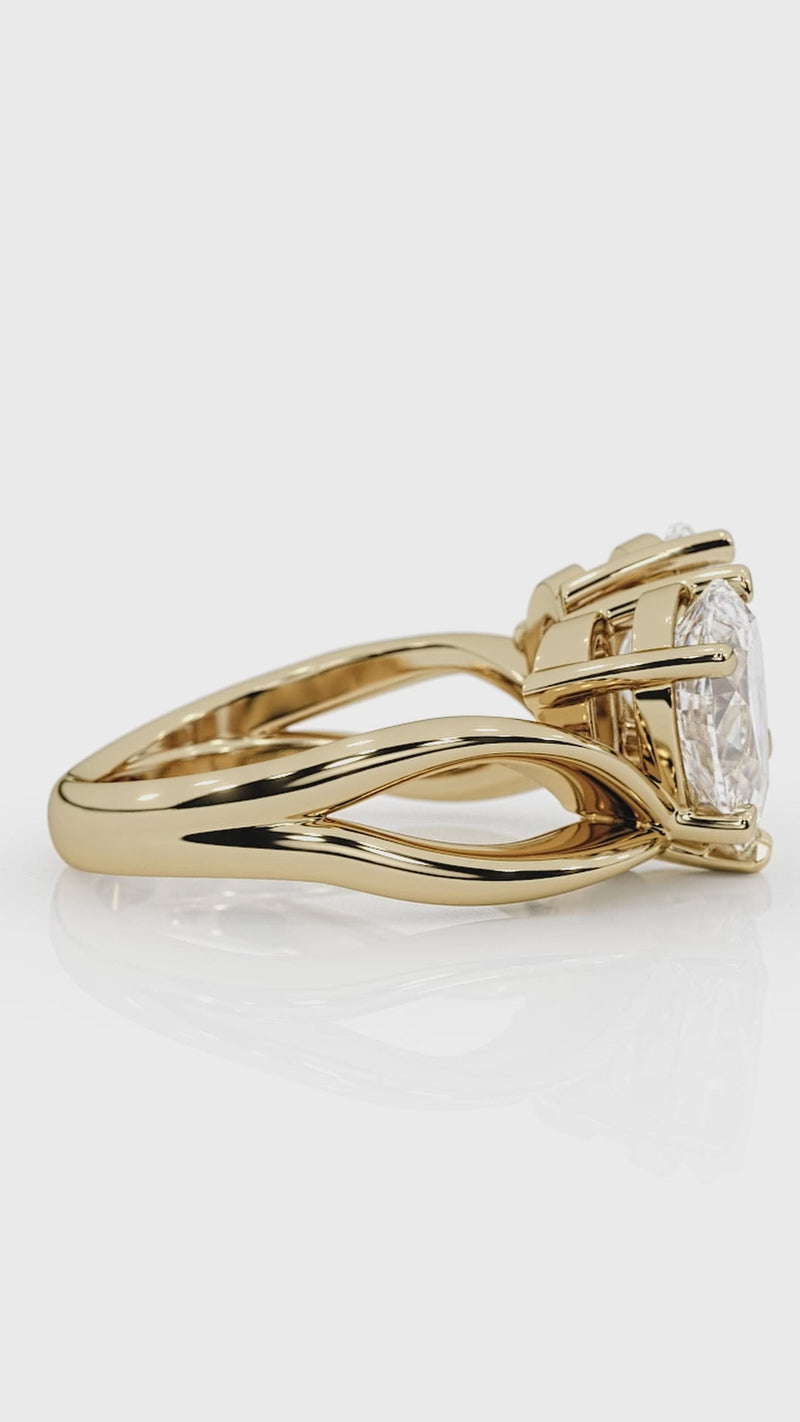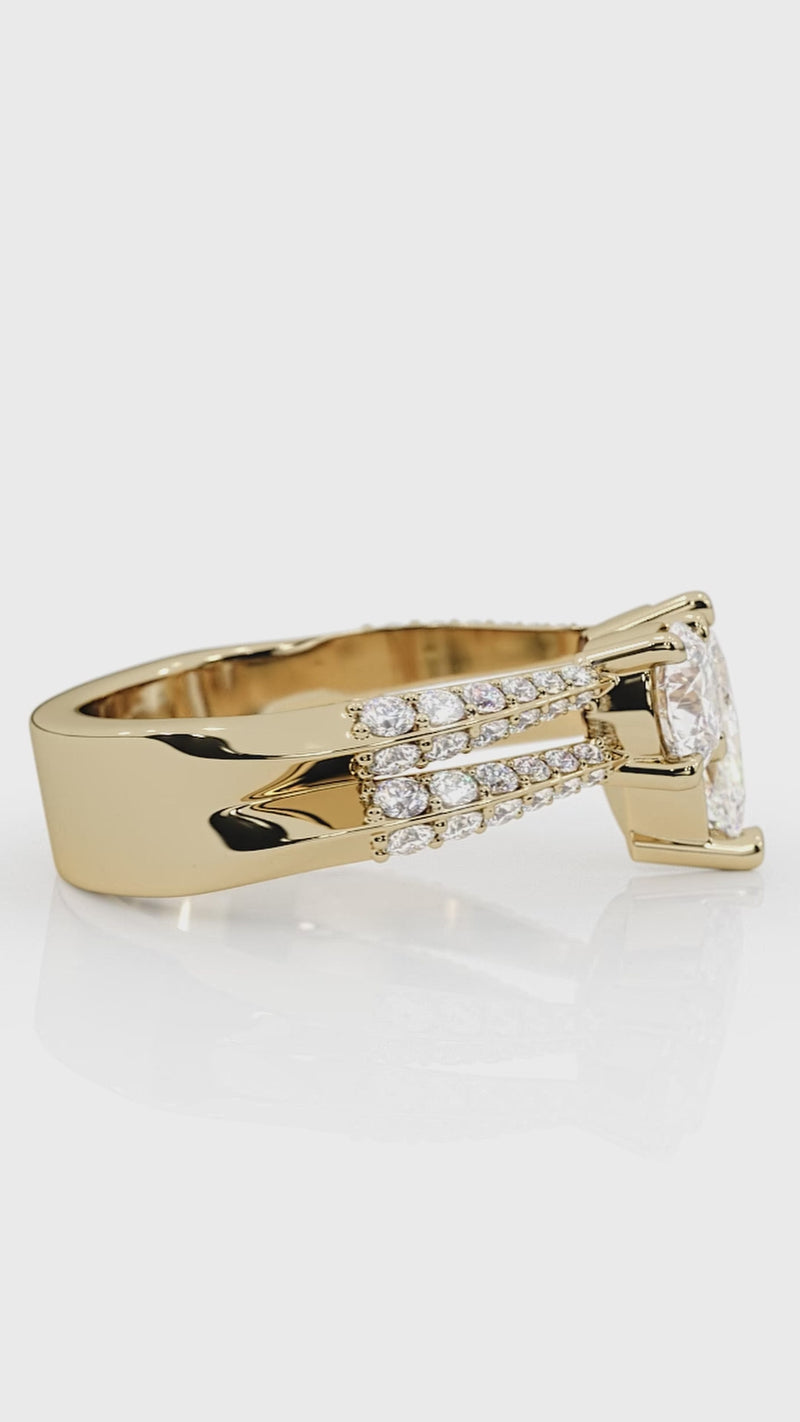When it comes to choosing a ring—whether for an engagement, a wedding, or just because—many people focus on the gemstone, the metal, or the detailing. Yet one critical element often goes overlooked: the profile of the band itself. The term “ring profile” refers to the cross-section shape of the ring when viewed from the side. This subtle design choice influences not just how the ring looks, but also how it feels on your finger. Below, we explore some of the most popular profiles—including the Classic D-Shaped, Knife Edge, Flat, Comfort Fit Grades, Antique, and Round—to help you decide which style best suits your personal aesthetic and lifestyle.
Understanding Ring Profiles
Before diving into specific profiles, it helps to understand how a jeweler sees a ring. Imagine slicing the ring in half vertically. That “slice” reveals a cross-section that might be domed, beveled, or angular. Factors like a person’s daily activities, comfort preferences, and even the statement they wish to make all come into play when selecting the perfect profile. A ring worn every day may call for a smoother, more comfortable shape, while a statement piece might benefit from a bold edge or distinct lines.
1. The Classic D-Shaped
As the name suggests, this profile looks like a capital “D” when viewed from the side—a gently domed exterior with a flat interior. The result is a refined, timeless silhouette that has been popular for centuries.
- Look & Feel: The subtle dome lends a traditional elegance without feeling overly ornate. Wearers who prefer a ring that doesn’t protrude too prominently from the finger often appreciate this style.
- Versatility: This shape pairs well with both formal and casual attire, making it a go-to choice for wedding bands.
- History: D-shaped rings have been around for generations, commonly seen in Victorian and Edwardian-era wedding bands, which prized sleek, simple designs.
2. The Knife Edge
A more modern and dramatic profile, the Knife Edge features a raised ridge around the middle of the exterior band. From the side, the cross-section tapers to a sharp edge on top and bottom, giving the ring a distinctive angular silhouette.
- Look & Feel: This style can appear bolder than the Classic D. Some appreciate the way the ridge catches the light, offering extra sparkle and definition.
- Maintenance: Knife-edge rings can sometimes be more prone to wear on that central ridge, so be mindful if you lead an active lifestyle.
- Design Opportunities: The angular edges can be adorned with micro-pavé diamonds or milgrain details for added texture.
3. The Flat Profile
The Flat profile, also called a pipe-cut or flat-band, is exactly as it sounds: a uniform thickness and width all around, with no curvature on either the outside or the inside (unless you choose a variation like a comfort-fit interior).
- Look & Feel: This minimalist silhouette appeals to those who favor clean lines and a contemporary aesthetic.
- Practical Considerations: Because it lacks contours, a flat band can feel more snug on the finger. However, when sized properly and/or combined with a comfort-fit interior, it can be exceptionally comfortable.
- Styling Options: Think of a flat ring as a blank canvas. Engraving, texturing (like brushed or hammered finishes), or gemstone settings can add dimension to an otherwise simple silhouette.
4. Comfort Fit Grades
Often considered more of an interior shape rather than a specific exterior profile, Comfort Fit refers to how the inside of the ring is shaped. A comfort-fit band has slightly rounded edges on the interior, reducing friction and allowing the ring to slip on and off more easily.
- Grades of Comfort: Jewelers sometimes refer to different levels of “comfort-fit.” A slight doming on the inner edges is all that’s needed to make the ring noticeably more comfortable. Some bands are heavily domed inside, while others are only subtly curved.
- Who Benefits: Anyone who works with their hands, is concerned about swelling of the fingers, or simply wants a band that’s easy to wear all day may appreciate this style.
- Pairing: Comfort-fit interiors can be applied to most external profiles, including D-shaped, flat, or round.
5. The Antique Profile
“Antique” or “vintage-inspired” profiles typically exhibit design elements rooted in historical artistry. This might include filigree work, milgrain edges, or ornate engravings, but the cross-section itself can vary from softly domed to more sculptural forms.
- Look & Feel: Antique profiles often evoke Old World charm, perfect for those who love romantic details or want a piece that suggests heirloom quality.
- Typical Features: Intricate scrollwork, delicate beading along the edges, or geometric patterns reminiscent of Art Deco styles.
- Collectible Quality: Vintage or antique-inspired bands can become family treasures, passed down through generations, adding sentimental value on top of their artistic appeal.
6. The Round Band
Sometimes confused with D-shaped, a Round profile (often called “halo” or “court” profile in some regions) has a uniformly curved interior and exterior. Viewed from any angle, the band appears smoothly rounded.
- Look & Feel: This style is arguably the most classic after the D-shape. It tends to feel comfortable on the hand because there are no edges at all.
- Aesthetic Qualities: A fully rounded exterior catches light in a softer, more diffused manner, creating a gentle glow rather than distinct reflections.
- Versatility: Round bands complement various stone settings and design elements since their simple form allows gems or motifs to remain the focal point.
Making the Right Choice
With so many profiles to choose from, how do you select the right one? The answer often lies in balancing personal style with daily practicality. Ask yourself a few key questions:
- Comfort or Statement? Do you prefer a ring that feels barely there, or one that makes a bold statement with angular lines or dramatic ridges?
- Lifestyle Considerations? If your job involves frequent use of your hands, or if you engage in sports or outdoor activities, consider a profile that won’t snag easily and can withstand wear (perhaps with a comfort-fit interior).
- Future-Proofing: Classic profiles like the D-shaped or round stand the test of time, while more contemporary choices like the knife edge may signal a modern, fashion-forward look.
Conclusion
Though ring profiles may seem like a small detail, they significantly influence both the appearance and comfort of your jewelry. Whether you choose the timeless charm of a Classic D-Shaped band, the striking angles of a Knife Edge, the sleek modernity of a Flat silhouette, the tailor-made ease of Comfort Fit Grades, the historical elegance of an Antique design, or the gentle curves of a Round profile, what matters most is finding a style that resonates with you. By paying attention to this often-overlooked aspect of ring design, you can ensure that the ring you select will be cherished for a lifetime—both for its beauty and its effortless wear.


